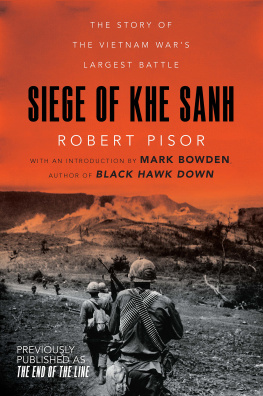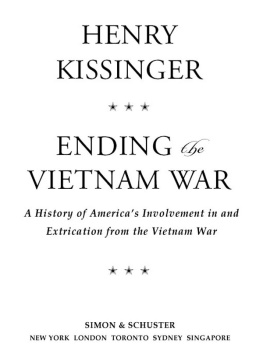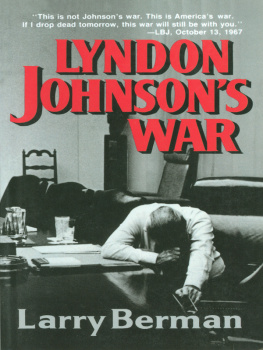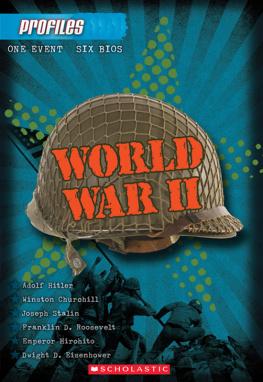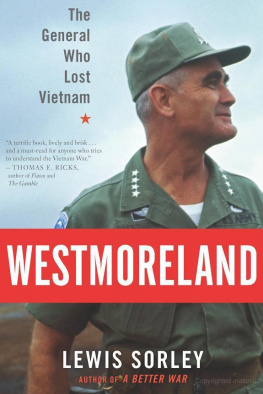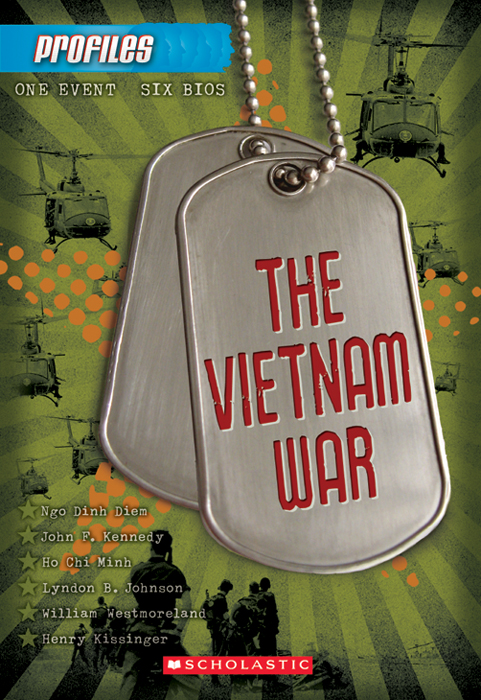



The Vietnam War, as it is known in America, or the American War, as it is known in Vietnam, lasted nearly twenty years and claimed more than two million lives. It began quietly, when President Dwight D. Eisenhower sent supplies and American advisers to assist the government of South Vietnam in their struggle against the North Vietnamese. It would end tragically, with a nation destroyed by war, with tens of thousands of Americans killed and billions of U.S. dollars spent.
And yet, had you predicted in 1955 that a small country on the other end of the world would be the battleground for one of the ugliest conflicts in American history, no one would have believed you. Most Americans would have been unlikely to find the country on a map. It had almost no historic or political ties to the United States. What possible reason did the U.S. have to go to war there?
The story of how Vietnam went from being a country Americans were unaware of to a graveyard for many tens of thousands of them is part of the story of this book. But it isnt the whole story. The Vietnam conflict was fought by millions of people. Its beginnings can be traced back decades before the U.S. arrived, and its aftereffects are still being felt today.
Each of the six men featured in this book saw the Vietnam conflict in different terms. Some saw it as a struggle for national independence, others as part of a political chess game being played between the United States and the Soviet Union. By learning about each of them in turn, we begin to gain a broader picture of the conflict.
For Ngo Dinh Diem, the first president of Vietnam after it gained independence from France, American intervention in Vietnam was an opportunity to ensure that Vietnam developed into the country that he wished it to be. One that was noncommunist, dominated by a minority, and ruled carefully by himself and his immediate family. His inability to think of South Vietnam in larger terms, as a country that served the needs of its entire people, was the reason for his demise. Indeed, it would prove to be one of the fundamental problems facing South Vietnam during the conflict.
For President John F. Kennedy, Vietnam was one relatively small part of the greater issue of his time: the ongoing struggle against the Soviet Union. Vietnam itself only mattered as part of this conflict between the free world, led by the United States, and the Communist world, led by the Soviet Union. Kennedy believed that if Communism was not stopped in Vietnam, it would spread throughout East Asia, to Cambodia, Vietnam, Japan, and India. To prevent this, he was willing to introduce American troops into the civil war that raged between North and South Vietnamese.
For Ho Chi Minh, the leader of North Vietnam, the conflict with the U.S. was one stage in a lifelong struggle to gain independence for his country. He fought the French, the Japanese, and the Chinese to make Vietnam an independent nation, playing each against the other in turn. The U.S. was simply the next in line, one more enemy to be defeated by the patient, gradual, and effective means that his forces had perfected.
For President Lyndon B. Johnson, Vietnam was a distraction that became a catastrophe. He came into office hoping to advance the social programs that were dear to his heart. To help bring the poor out of poverty, provide comfort to the weak, and make the United States a more just and decent nation were his ambitions. But Vietnam would become the issue that defined his presidency. Unable to win the war and unwilling to give up, Vietnam was his downfall. Ultimately, Johnson was so sickened and disheartened by the conflict that he ended a lifelong political career rather than continue to help the fight.
For U.S. General William Westmoreland, Vietnam was a war like any other, no different from the conflicts he had fought during World War II and the Korean War. There was an enemy to be defeated, and it was his job to find a method to beat them. So long as the American public remained committed to the war, he believed that American superiority in training and equipment would inevitably result in victory. But he failed to appreciate the greater political aspects of war. The sacrifices the North Vietnamese were willing to make to free their country of foreign rule were far greater than the ones the American public was willing to make to continue to support the South Vietnamese government.
For U.S. Secretary of State Henry Kissinger, Vietnam was a problem to be solved. It was an obstacle to the new world he wanted to exist: a world in which the Soviet Union and the United States each accepted the other and worked to find areas of cooperation rather than conflict. To advance his goals, he was willing to take enormous political risks, and to unleash upon Vietnam and its neighbors even more terrible levels of violence than they had ever seen.
For the more than two million men and women who died during the conflict, and for their families and loved ones, the war was a tragedy, plain and simple. By learning the history of the war, we do honor to their memories. By understanding the causes of the war, we gain an appreciation for the ways in which small conflicts can escalate into complicated and unexpected catastrophes.

Ngo Dinh Diem was the first president of South Vietnam. An anticommunist, the U.S. supported his government in the fight against North Vietnam. He implemented biased and oppressive policies against his people. He was eventually assassinated and his government was overthrown.
EARLY LIFE
Vietnam is an ancient country with a turbulent history. At the southern tip of mainland Asia, it has spent thousands of years fighting to avoid becoming a part of the Chinese Empire. But after a series of wars in the mid-1800s, Vietnam had become a territory of the French Empire. Although technically the country was still ruled by a Vietnamese emperor, he had very little actual power, and was not able to make any important decisions. The French controlled the countrys military, ran the government, and took most of the wealth. The Vietnamese people were largely rice farmers, following ancient agricultural practices with the changing of the seasons. The vast majority were and their culture emphasized the importance of family, duty, and loyalty to ones village.
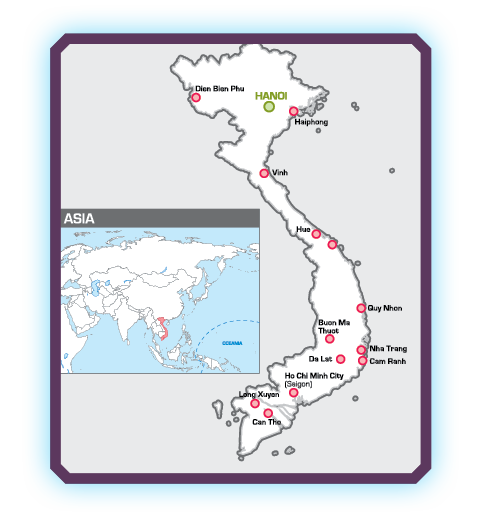
Map of Vietnam
In many ways, Ngo Dinh Diem was not your typical Vietnamese person. He was born in 1901, in the city of Hue; he was the third of six sons. His family had converted to Catholicism several generations earlier, and Diem was a devoted follower of that religion. His father, Ngo Dinh Kha, was a close adviser of the Vietnamese emperor, called a Mandarin. In 1907, the French decided to overthrow the Vietnamese emperor, who was showing signs that he wanted to take more control over his country. Diems father resigned in protest, leaving the city to become a rice farmer.
Next page
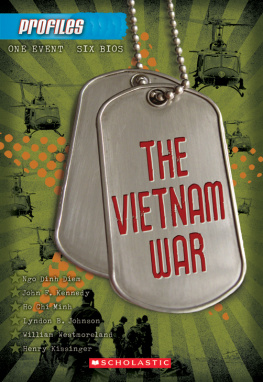
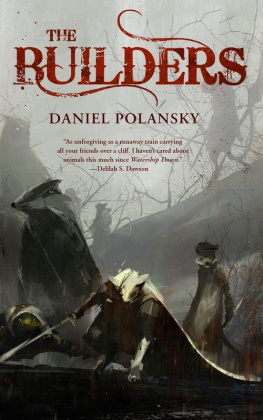



![Vietnam. Army - Ho Chi Minh: [a life]](/uploads/posts/book/242273/thumbs/vietnam-army-ho-chi-minh-a-life.jpg)
